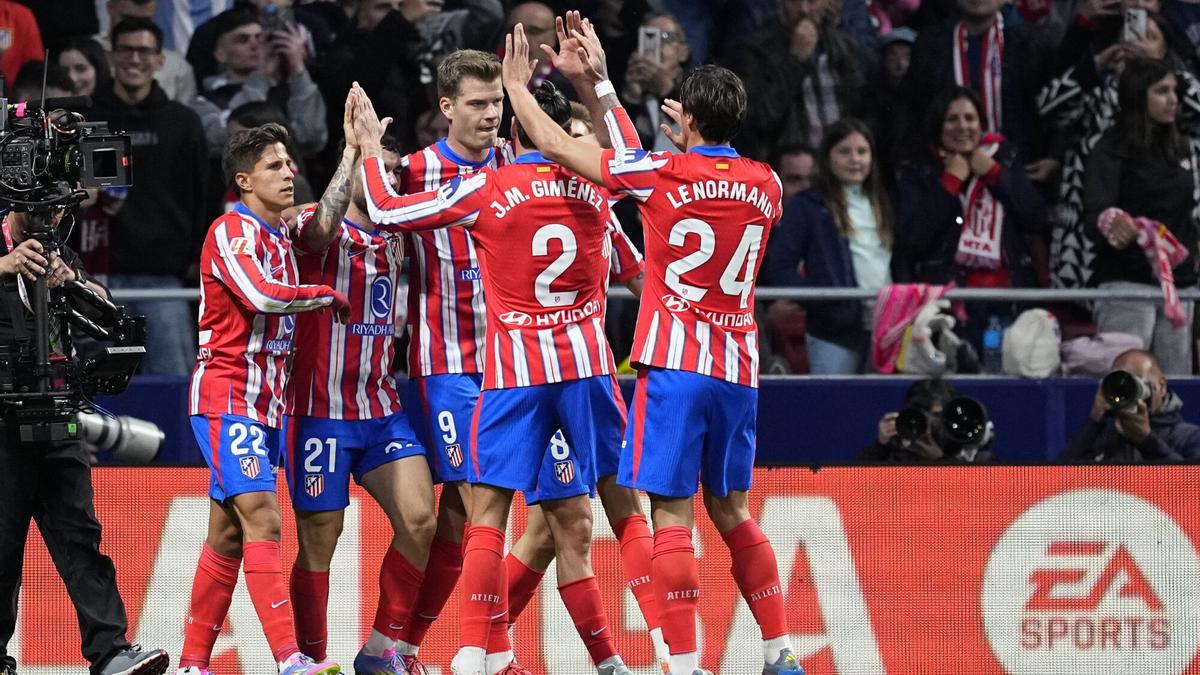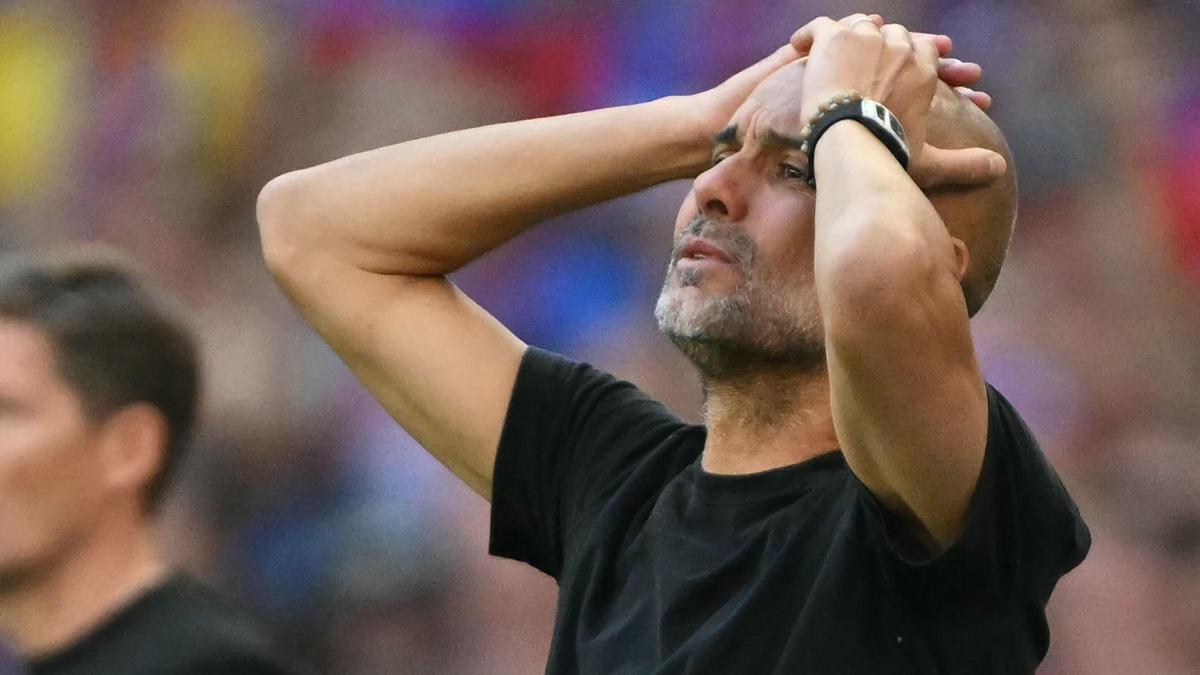If the answer is affirmative, prepare the checkbook. One of the big questions that many fans are asked – and not a few investors – is how much a football club is really worth. And, as in almost everything, the answer depends. But there is a constant that is always repeated: the value of a club is closely linked to the competition in which it participates and the trend of recent years is upwards. Not counting FC Barcelona, Real Madrid and Atlético de Madrid, the average assessment in LaLiga EA Sports already rises to 233 million euros and the peak in second already scale to 30 million, according to the Laliga Stock Market report, prepared by Intelligence 2P.
The gap between the two categories is explained by the simple fact that it is not the same to play in LaLiga EA Sports as in the first federation. Nor in the series A that in the Premier League. And much less in the NFL, where there are no promotions or descents. Because yes: sport risk is also financial risk. And at a lower risk, more value. That is why the American leagues are the dream of many investors who want European football: the square is worth as much as the ability to exploit it in time without shocks.
Own income
But in recent years the formula has gained complexity. Not only does TV matter – although it is still the great engine. The new owners also look with magnifying glass for the club's capacity to generate their own income: the sale of tickets, the stadium business, the activation of sponsorships or the value of their digital community. This is where clubs that grow and those that stagnate are more differentiated. Hence, Atlético already exceeds 2,000 million and others that two decades ago was of similar size, they still do not exceed 200 million euros.
And how is all this calculated? From five dimensions: economic, sports, community (physical and online), digital transformation and social impact. The financial part weighs more, because it is where income, debt and investment capacity are. But follow -up on social networks is also valued, the modernization of the stadium or the role of the club in its surroundings.
Many wonder how it may be that every year the value of the majority raises, and the answer is simple: the signed contracts still point to better income, and the investments of the impulse plan begin to give results. The question is if, once the audiovisual growth curve is applauded, the clubs will have found the alternative to continue growing. This classification is not the one that fans look every Monday, but also tells us a lot about those who champion between bambalins.
Infantino, the extra of 100 million
Real Madrid and Atlético de Madrid already know how much they can enter for their participation in the Club World Cup: up to 110 million euros in case of returning to Spain with the title of the first edition of this championship invented by FIFA. To put it in context: this amount is very similar to what FC Barcelona – an edition – will have perceived to compete during a whole season and reach the UEFA Champions League semifinals.
The difference is that its two rivals opt for that boat with only one month of competition, and the competitive advantage of doing so in a market, the United States, which today is the land of commercial opportunities for large football properties. The economic balance will be positive in any case, since FIFA guarantees a minimum of between 12 million and 38 million to UEFA clubs, which has plenty of what they would charge with a summer tour. The problem? That more money is more games and more workload for soccer players who will barely have room for rest before starting 2025-2026.

